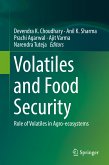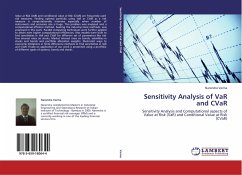
Broschiertes Buch
Sensitivity Analysis and Computational aspects of Value at Risk (VaR) and Conditional Value at Risk (CVaR)
Aufl.
15. Juli 2012
LAP Lambert Academic Publishing
Ähnliche Artikel

23,99 €
Versandfertig in 6-10 Tagen
Broschiertes Buch
21. September 2017
LAP Lambert Academic Publishing
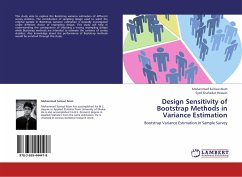
Broschiertes Buch
Bootstrap Variance Estimation in Sample Survey
30. August 2013
LAP Lambert Academic Publishing
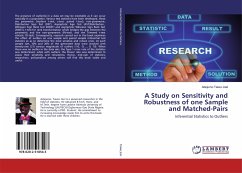
Broschiertes Buch
Inferential Statistics to Outliers
13. April 2020
LAP Lambert Academic Publishing

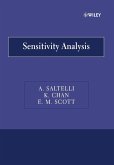

Gebundenes Buch
2nd ed.
8. Januar 2002
Springer / Springer New York / Springer, Berlin
978-0-387-98967-9
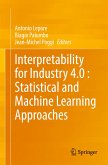
Broschiertes Buch
1st ed. 2022
20. Oktober 2022
Springer / Springer International Publishing / Springer, Berlin
978-3-031-12401-3

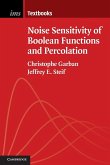
Broschiertes Buch
5. März 2015
Cambridge University Press

Broschiertes Buch
2. Aufl.
1. Dezember 2010
Springer / Springer New York / Springer, Berlin
978-1-4419-3191-7
Ähnlichkeitssuche: Fact®Finder von OMIKRON

